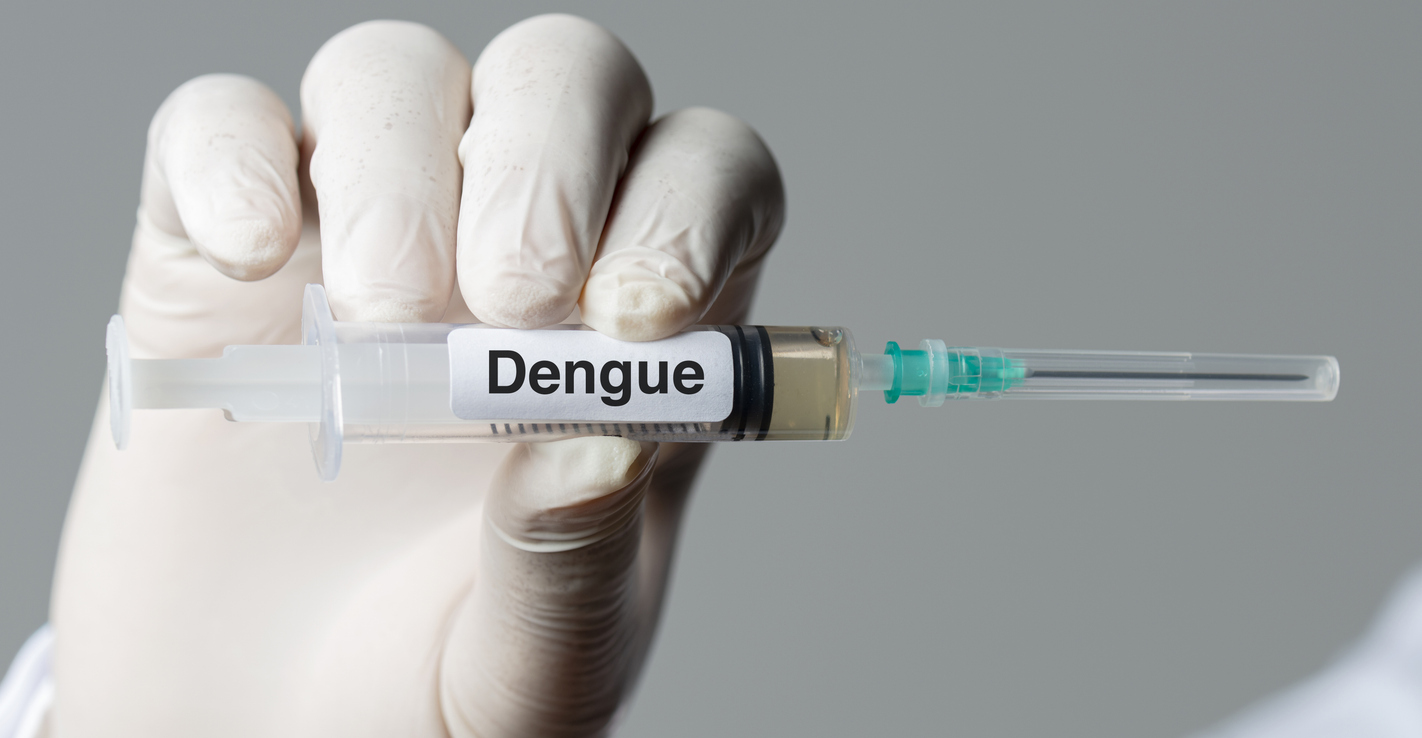Authorities have urged residents to maintain clean surroundings, prevent water stagnation, and seek medical attention for persistent fever.
Published Oct 12, 2025 | 3:56 PM ⚊ Updated Oct 12, 2025 | 3:56 PM

Representational image. Credit: iStock
Synopsis: Tamil Nadu reports 16,546 dengue cases and eight deaths in 2025, second-highest in India after Karnataka. State health officials have intensified surveillance, mosquito control, and awareness campaigns to combat the seasonal surge driven by rainfall and water stagnation ahead of the monsoon.
Tamil Nadu is witnessing a sharp rise in dengue, typhoid, and fever cases, according to the National Centre for Vector Borne Disease Control (NCVBDC).
As of early October 2025, the state has reported 16,546 dengue infections and 8 deaths, making it the second-highest in India after Karnataka.
The State Health Department has intensified door-to-door surveillance, awareness campaigns, and mosquito control operations to curb the spread ahead of the northeast monsoon.
Officials attribute the surge to changing weather patterns, intermittent rainfall, and water stagnation, which create ideal breeding conditions for the Aedes aegypti mosquito, the primary dengue carrier.
Year-on-year data shows a cyclical post-monsoon rise, with 27,378 cases and 13 deaths in 2024, compared to 9,121 cases and eight deaths in 2023.
The Directorate of Public Health and Preventive Medicine (DPHPM) clarified that the rise is a seasonal trend between July and December, not an outbreak.
Health teams are conducting daily hospital surveillance, inspecting homes in high-risk zones, and spraying larvicides to eliminate mosquito-breeding sites.
Authorities have urged residents to maintain clean surroundings, prevent water stagnation, and seek medical attention promptly for persistent fever. Self-medication is discouraged, with paracetamol only under medical supervision recommended.
The Health Department assured that all government hospitals and primary health centres are equipped to manage dengue cases effectively, keeping fatalities low despite the rise in infections.
(Edited by Amit Vasudev)
